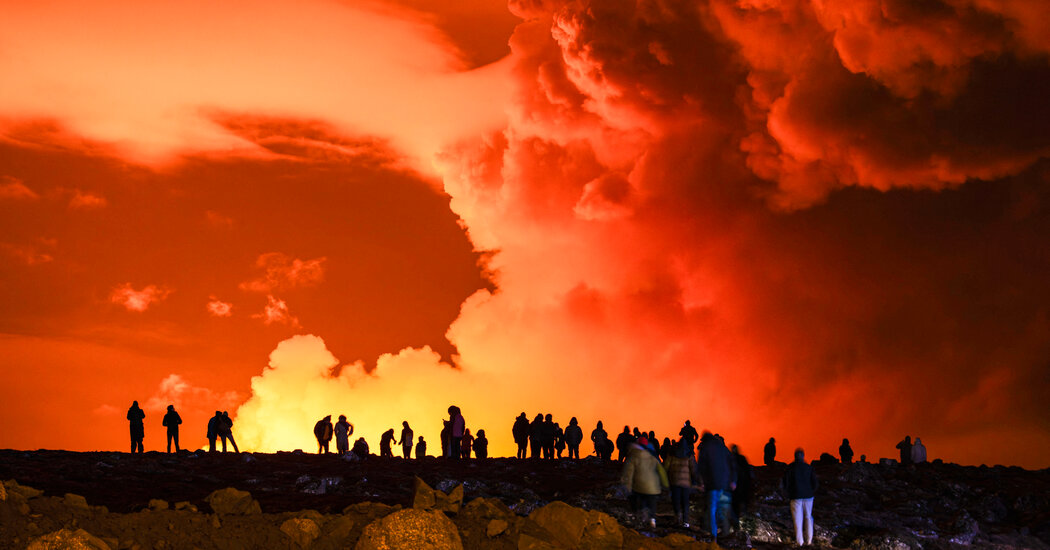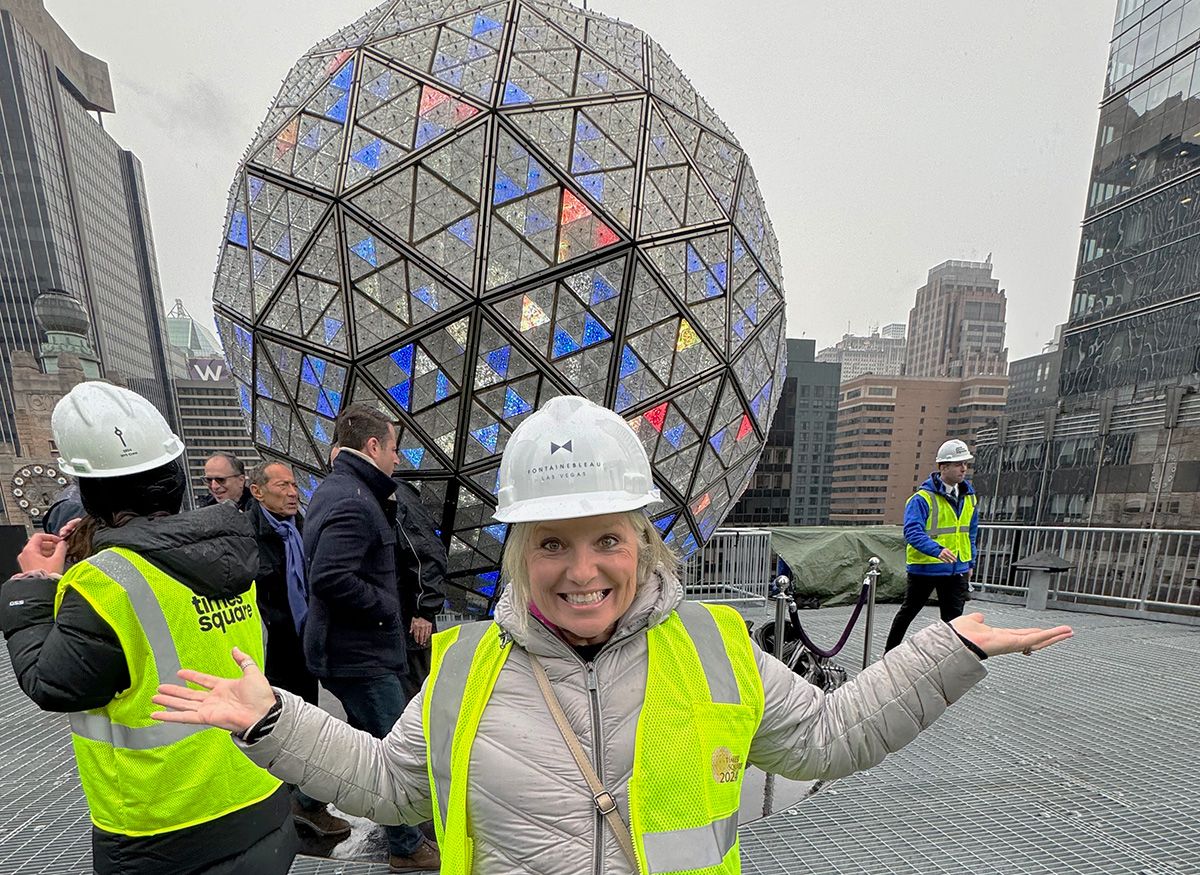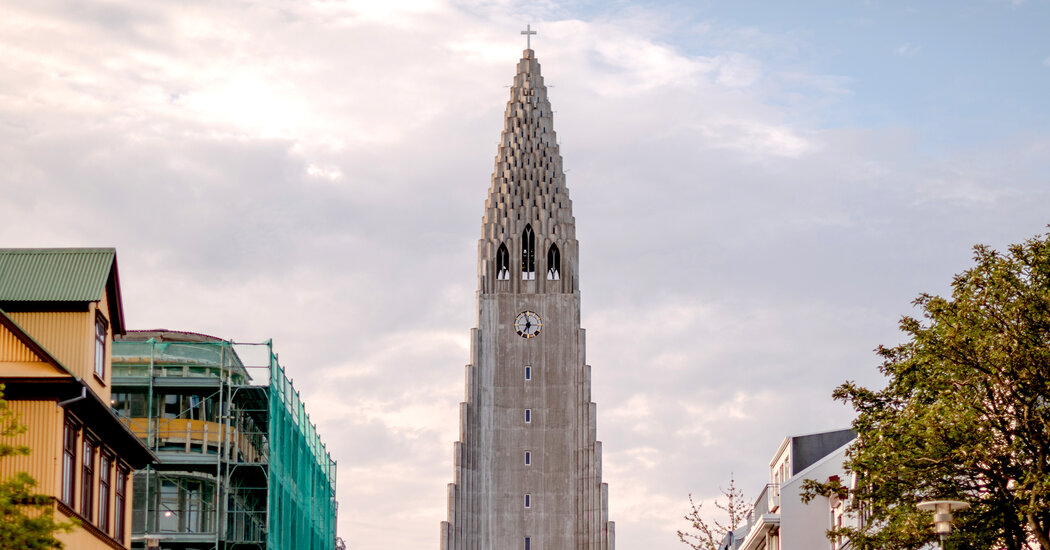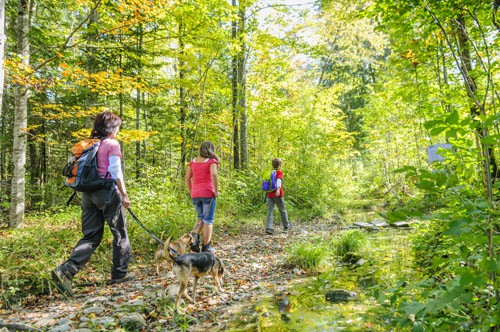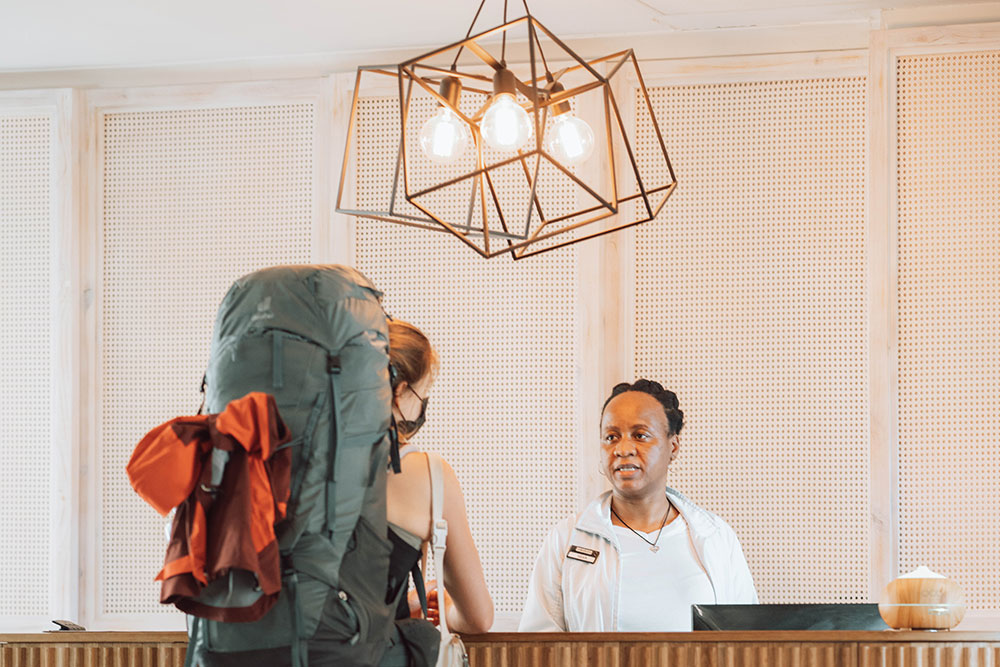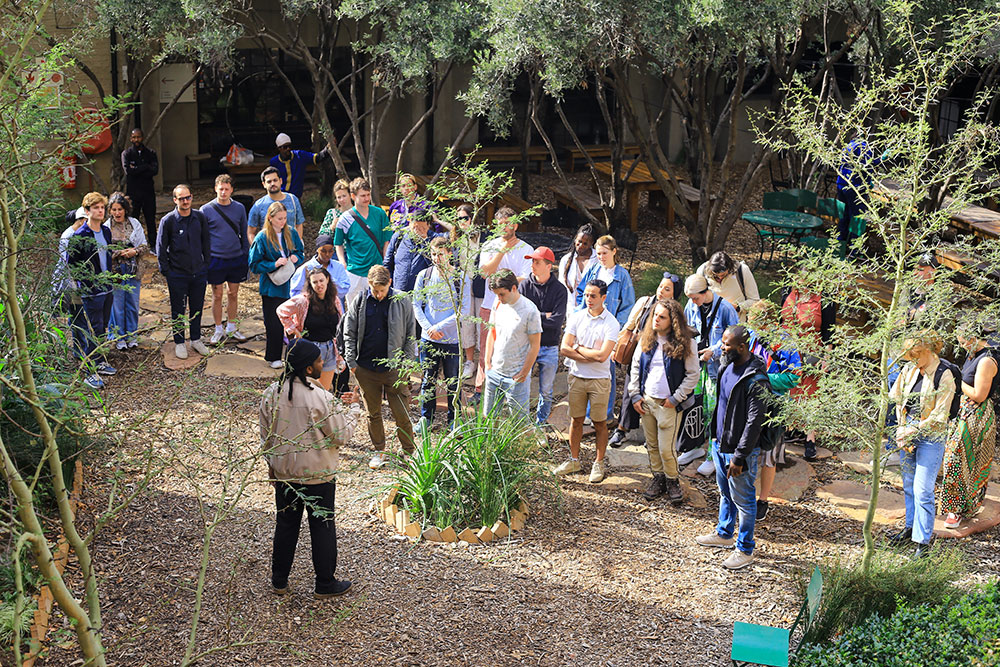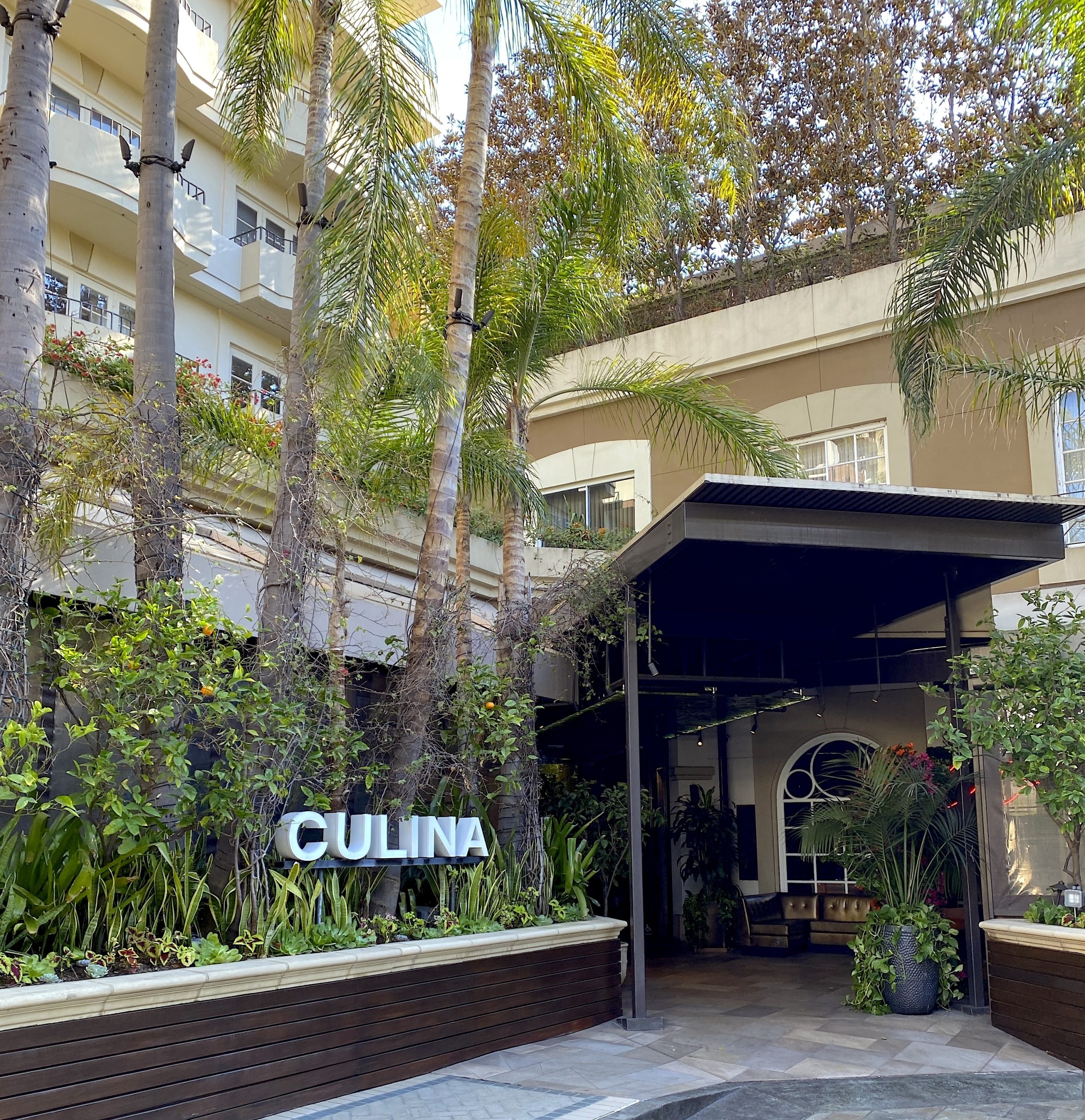Iceland’s Tourism Suffers Amid a Belching Volcano and Flowing Lava
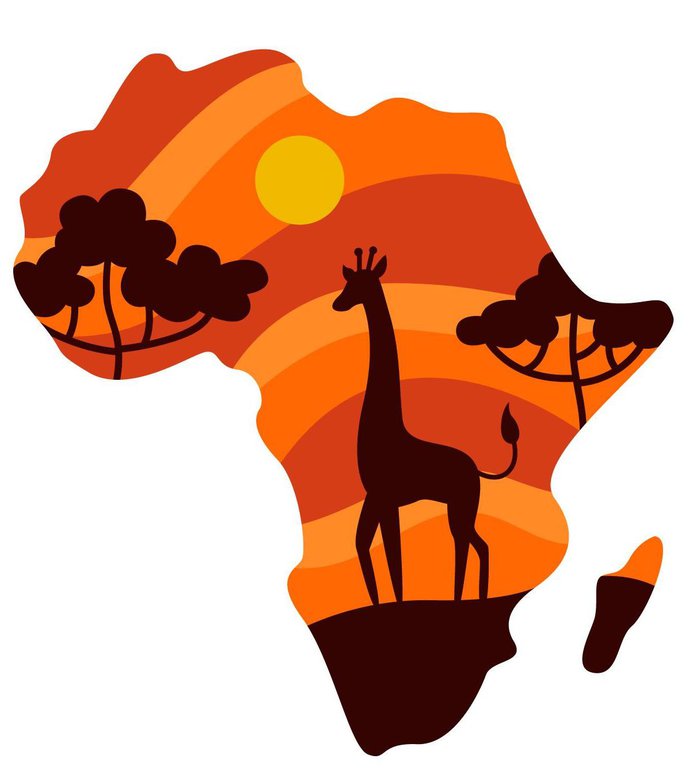
The best time to visit South Africa
Visiting South Africa is a unique experience that has made its way onto the bucket list of many travellers, due to its spectacular natural beauty and myriad other attractions and activities. However, travellers often wonder when is the best time of the year to visit this vibrant country. This depends largely on your interests and the activities you plan to do. Here are the best time to visit South Africa for different activities and reasons.
The best time to visit South Africa for weather
South Africa has a temperate climate. The summer months (November to February) can be quite hot, while winters (June to August) are mild to cold. The Western Cape has a Mediterranean climate with wet winters and hot, dry summers.
The best time to visit South Africa for safaris and game-viewing
Safari in South Africa
The best time to see the Big Five and other wildlife is during the dry winter season, which is between June and September. The main reserves in South Africa, like Kruger National Park, are located in the eastern part of South Africa and are dry during this time. Sparse vegetation and less water mean that the animals gather around waterholes and rivers to drink, making them easier to spot. There are fewer mosquitoes during this period too.
Though it’s winter, the days are usually bright and sunny, with temperatures going up to 20°C in the daytime. Early mornings and evenings can be quite cold though, so pack accordingly.
This period also sees fewer tourists, offering a more intimate and uncrowded experience with nature.
The best time to visit South Africa for whale watching

Hermanus
The best time for whale watching in South Africa is typically from July to November. During this period, whales, mainly the Southern Right Whales, migrate from the chilly Antarctic waters to the warmer waters of the South African coastline for breeding and calving. The whales are frequently visible from the shores along the Western Cape’s coastline, especially in Hermanus, known as one of the world’s best whale-watching destinations.
This season peaks between August and October, offering spectacular sights of these majestic creatures breaching and fluking. Boat-based tours are also available, providing closer encounters and an opportunity to observe these magnificent mammals in their natural habitat. The Whale Festival in Hermanus, usually held in September, celebrates this annual migration, making it a particularly festive time to visit. Besides Southern Right Whales, one might also spot Humpback and Bryde’s whales, adding to the experience.
The best time to visit South Africa for the beaches

Pennington Beach, Kwazulu Natal
Summer to Autumn (November to March) is the best time of the year for beachgoers in South Africa, especially in Cape Town and along the Garden Route. However, Kwazulu Natal is sunny with warm waters throughout the year and the winters are mild, making it a year-round beach destination.
The best time to visit South Africa to see the wildflowers

Namaqua National Park in Flower Season
The best time to see the wildflowers in South Africa is typically during August and September, with the peak blooming period often occurring in August. This spectacular natural display is most prominent in the Northern Cape in the Namaqualand region and along the West Coast in the Western Cape province when the region is transformed into a floral wonderland with over 3 500 species of flowers, attracting local and international visitors. The exact timing, quantity and variety of flowers does depend on the winter rainfall though.
The best time to visit South Africa to see the jacarandas

Jacarandas in Arcadia (Pretoria) in October
Originally native to South America, jacaranda trees have become an iconic feature in several South African cities, especially Pretoria and Johannesburg, and have been embraced as a significant part of the urban landscape in these cities. Every spring, usually from mid-October to November, these trees burst into a spectacular display of purple flowers, creating picturesque scenes that attract tourists and delight locals. The streets and parks are adorned with vivid purple canopies, and the ground is carpeted with fallen blossoms, creating beautiful scenes.
The best time to see snow in South Africa
Snowfall in South Africa is relatively rare and no one really travels there to see snow. However, if you are planning a trip to South Africa for any other reason and would like to combine it with a snow sighting then the best time to see any possible snow is during the winter months, from June to August. Bear in mind though, that this occurs mainly in the higher mountain regions, such as the Drakensberg Mountains in KwaZulu-Natal and the Eastern Cape highlands. The Western Cape mountains, including the Cederberg and Matroosberg, can also receive snow.
In some years, snow may even fall in the Johannesburg and Pretoria regions, although this is less common. The snowfall in these areas can be sporadic and unpredictable, so it’s advisable to keep an eye on weather forecasts if you’re planning a trip specifically to see snow. The scenic beauty of snow-capped mountains and landscapes during this period offers a unique and picturesque experience for visitors, contrasting with the typical perception of South Africa’s climate.
The best time to visit South Africa for hiking and outdoor activities

Adventure Zone Cullinan
This depends on the region you will be exploring and the type of experience you’re seeking. In general, Spring (September to October) and Autumn ((April to June) offer the best conditions for hiking and outdoor adventures, with moderate temperatures and less rainfall.
The best time to visit South Africa for budget travellers and to avoid crowds
The main South African school holidays take place in December and January every year. This can mean crowded tourist spots and higher prices. Planning for the shoulder seasons (just before or after peak times) might be more comfortable and will get you better deals on accommodation and tours if you are travelling on a budget.

Publisher: Source link
Latest Posts
-
31 July 2025
-
26 July 2025
-
14 July 2025
-
01 July 2025
-
07 August 2025
-
29 July 2025
-
20 February 2025
-
04 February 2025
Newsletter
Sign up for free and be the first to get notified about new posts.
Get The Best Blog Stories into Your icountox!
Sign up for free and be the first to get notified about new posts.

